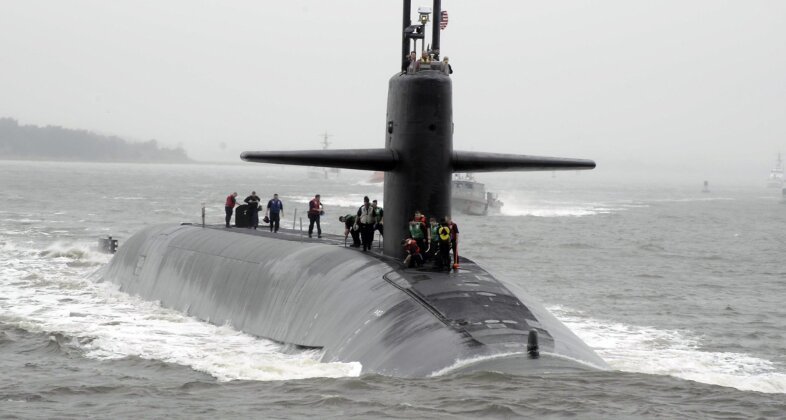<p >In an era of fast rising geopolitical tensions and expanding Chinese naval power, the United States Navy has faced growing challenges to its blue water primacy as its quantitative and qualitative advantages are <a href=" target="_blank">eroded</a> by China and other potential adversaries. While the vast discrepancy in production capacity for surface ships between China and the United States has long been reported on with alarm in the Western world, with Chinese shipyards having a capacity 232 as large as that of the United States, American shipbuilders have also fallen increasingly behind in their ability to produce submarines for the U.S. Navy. The issue was recently highlighted by retired U.S. Navy Captain Jerry Hendrix, who in a recent assessment observed: “In fact, production of new submarines dropped from two to just over one per year at the very point when the Navy’s thirty-year shipbuilding plan called for industry to ramp up production to three fast-attack submarines and one ballistic missile submarine per year.”&nbsp;</p><p ><img src=" title="U.S. Navy Virginia Class Attack Submarine"></p><p >Hendrix noted that the U.S. also lacked sufficient shipyards to maintain its submarine fleet, with the ten dry docks at naval shipyards and three dry docks at commercial shipyards able to perform maintenance all being full to capacity and suffering for delays. The retired captain’s assessment was published at a time of growing concerns surrounding American nuclear submarine capabilities, with Representative Ken Calvert having summarised September: “In a word, these programs are in crisis,” with submarine programs reaching a staggering $17 billion over budget while construction faced delays of up to three years. “Without exception they are falling behind,” he stated, stressing that “increasingly they are over budget. Absent today's intervention I have zero confidence that Navy shipbuilding will get back on track.” The lawmaker at the time slammed the Navy leadership for having “withheld information on costs and delays,” claiming that the service’s “plans to address” the crisis “are primarily aspirational.” This echoed concerns widely raised by lawmakers, officials and analysts.&nbsp;Both China and Russia have <a href=" target="_blank">revolutionised</a> their nuclear strategic and <a href=" target="_blank">attack submarine fleets</a> with large scale shipbuilding programs introducing new generations of highly sophisticated warships, with this remaining one of the few areas where Russia has quantitatively and technologically <a href=" target="_blank">remained a world leader</a> since the USSR’s disintegration due to the perceived central importance of such submarines to the ability to wage a great power war.&nbsp;</p>
U.S. Shipbuilders Falling Far Behind Navy’s Demand For New Nuclear Attack Submarines

